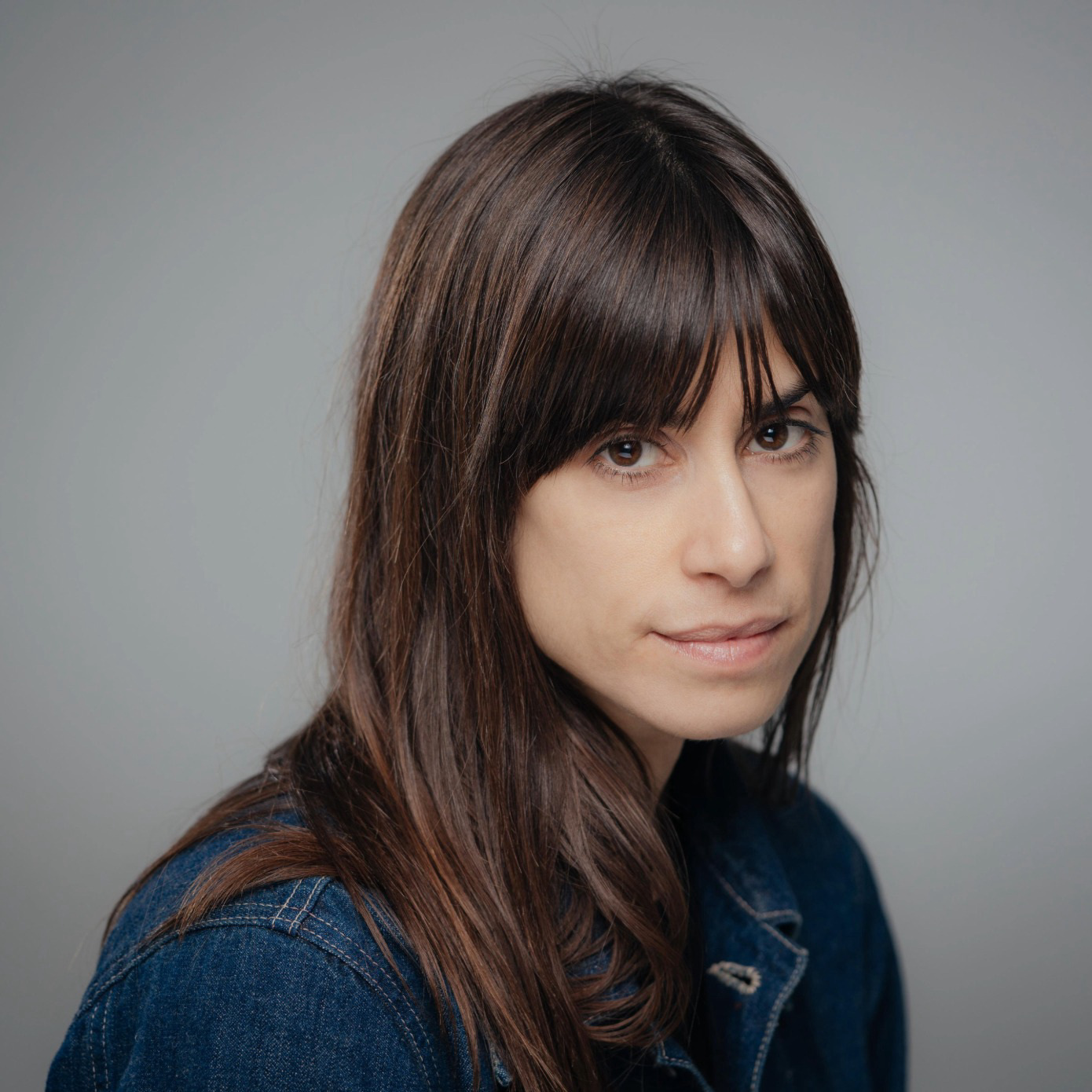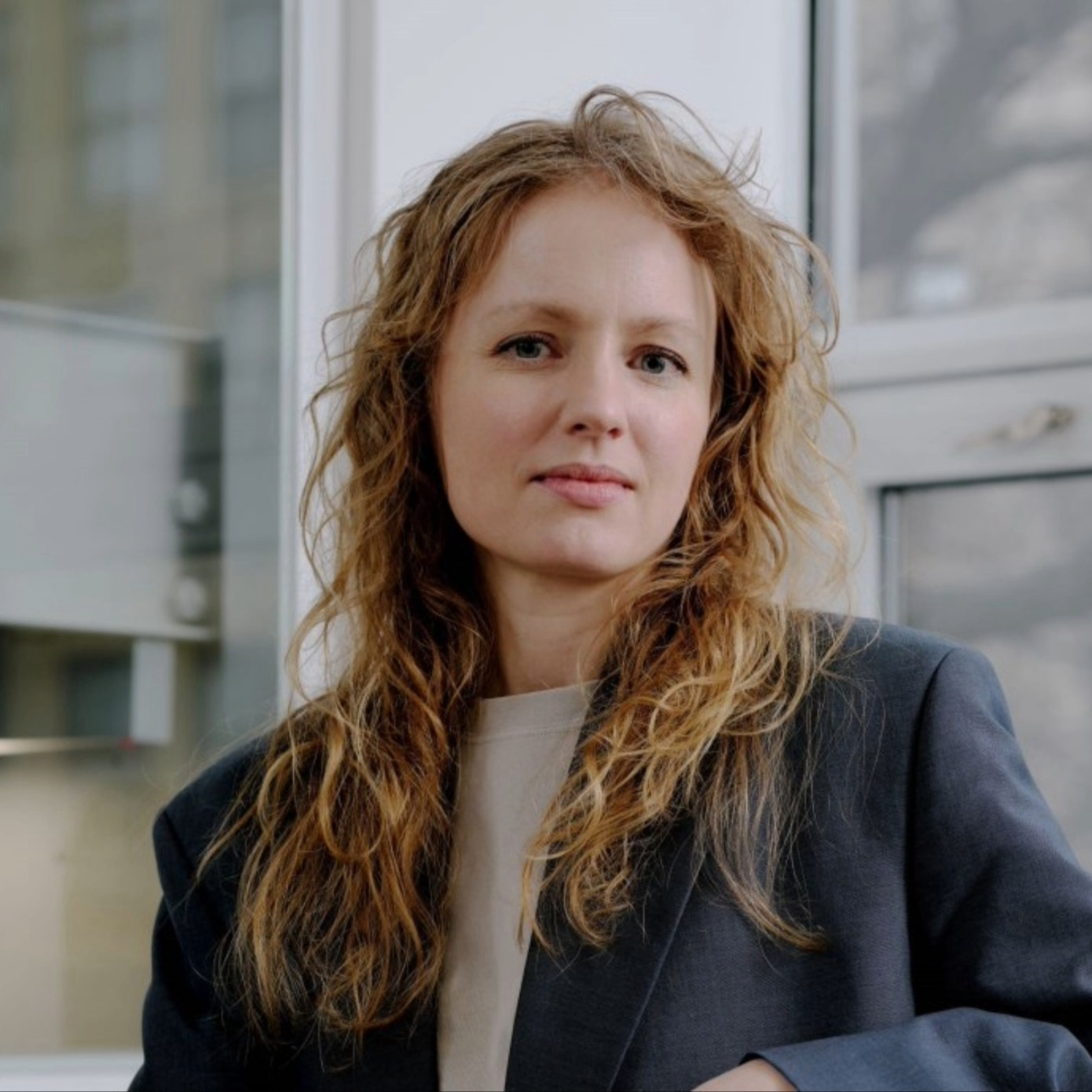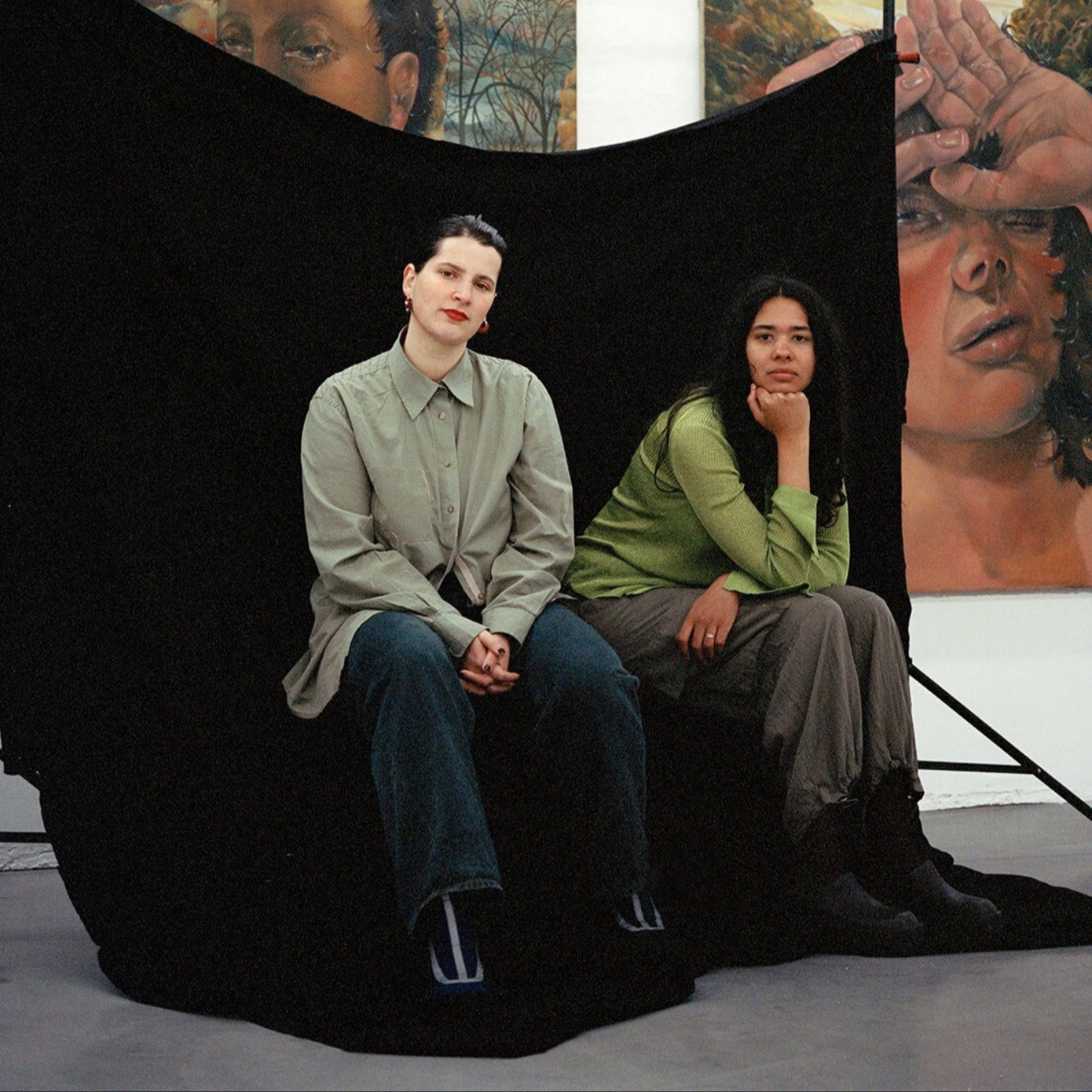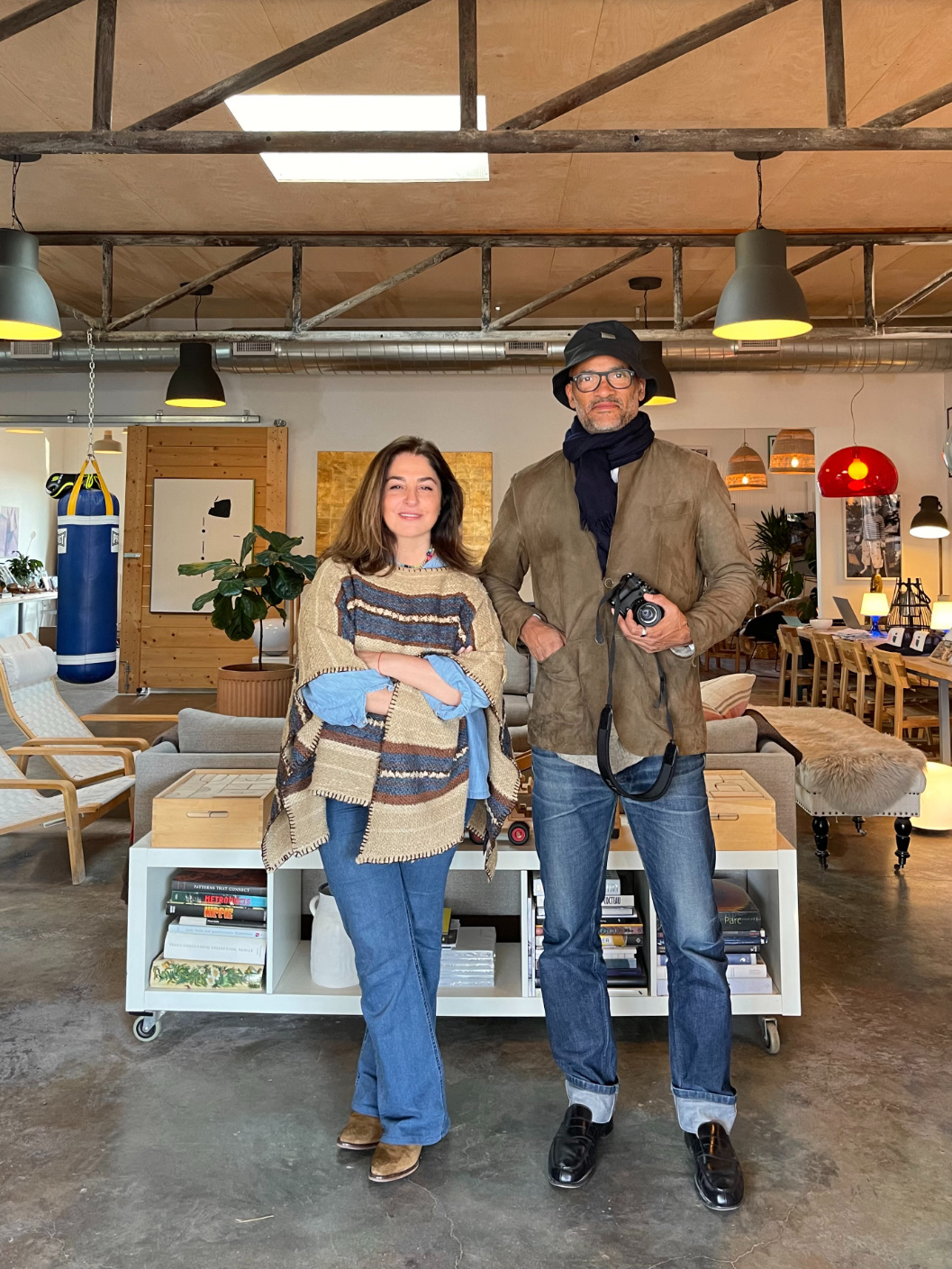
Before they were two photographers traversing the American Southwest, Maryam Eisler and Alexei Riboud were high school classmates in Paris almost 40 years ago.
Eisler, now based in London, is known for her richly stylized images of women and dreamlike settings shown everywhere from Turkey to Spain to stateside. Riboud regularly brings his documentary photography of travels to Tokyo, Shanghai, Chicago, and everywhere in between back to Paris, the city he still calls home.
In 2023, after reconnecting in a WhatsApp group for their high school, the two decided to undertake a new creative challenge: photographing the same American landscapes, side by side, while maintaining their own visual instincts. Once on the ground, they agreed to a mutual image embargo—no previews, no cross-comparison—until the trip was over.
The outcome is West West, a visual duet in book form that now anchors “The New American West: Photography In Conversation” at Pierre Yovanovitch's Manhattan gallery from June 12 to July 11. Curated by historian Carrie Scott and gallerist Howard Greenberg, the show places Eisler and Riboud’s fresh takes alongside heavyweights including Diane Arbus, Joel Meyerowitz, and Ansel Adams.
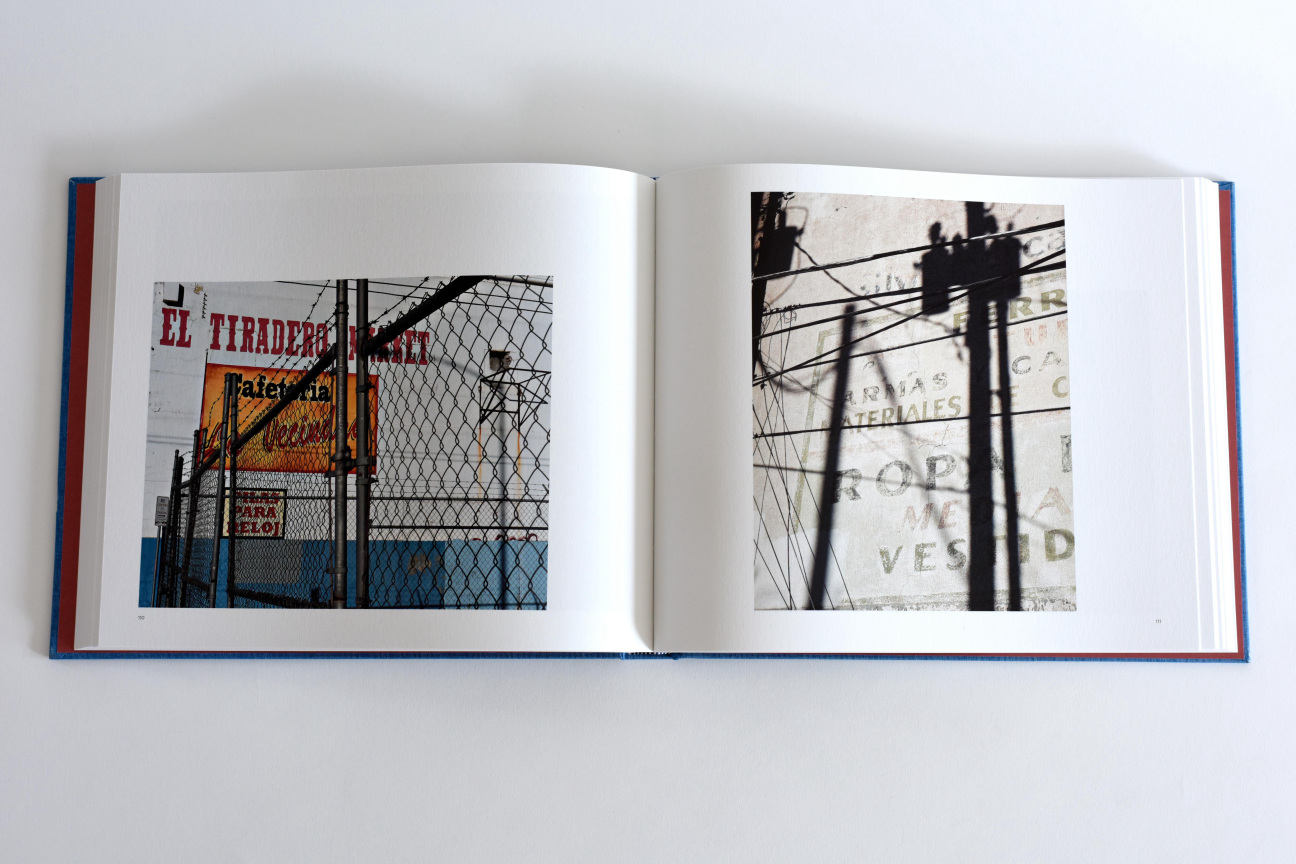
CULTURED: You photographed the same places, side by side, but never shared your images during the journey. What did that creative distance teach you about authorship and the idea that we all see the world differently?
Maryam Eisler: Photographing side by side without sharing images was, in many ways, an unspoken pact of trust between us. After 38 years apart, Alexei and I intuitively respected each other’s space—both literal and creative. That distance allowed us to fully inhabit our own visions, free of influence or comparison, which is rare in such close collaboration.
Personally, this photographic journey pushed me out of my comfort zone in ways I didn’t expect. I remember our first day in downtown El Paso. I stood there, feeling a bit like a fish out of water. I’m used to working with models and dancers, creating narratives, and having everything carefully planned in advance. But this time, I was suddenly let loose into the landscape with no script and no guide. For Alexei, on the other hand, this was his usual type of creative stomping ground. With his usual blunt humor, he turned around and said, “What are you doing? Why are you stuck by my side? Off you go. I’ll go left, you go right. See you in 30 minutes.” That then became our daily routine.
So, I ventured off on my own in El Segundo Barrio, one of El Paso’s oldest neighborhoods, fumbling at first, but that first moment of separation and self-reliance was exactly what I needed. It taught me something crucial: Creativity thrives when you step outside your comfort zone and trust yourself, even if it feels awkward at first. I must say that I also learned a lot from Alexei by simply observing him in action, especially in the way that he moved effortlessly, confidently, and discreetly in space and amongst people.
Alexei Riboud: I think photography is not only a way of reading the world but also a tool to express one’s uniqueness, history, desires, and organize all of that in a frame. We also bring a lot of our personal beliefs in what we see. Maryam has a sincere and true passion that I share for the art of photography and constructing images.
The key for success during that trip was a mutual respect and trust that was built in our teenage years, and was unspoiled 40 years later. I kind of knew we would end up with quite different bodies of work, which makes a uniquely layered experience. Road trips are also perfect for honest conversations about how we see the world, and we had a lot to say!
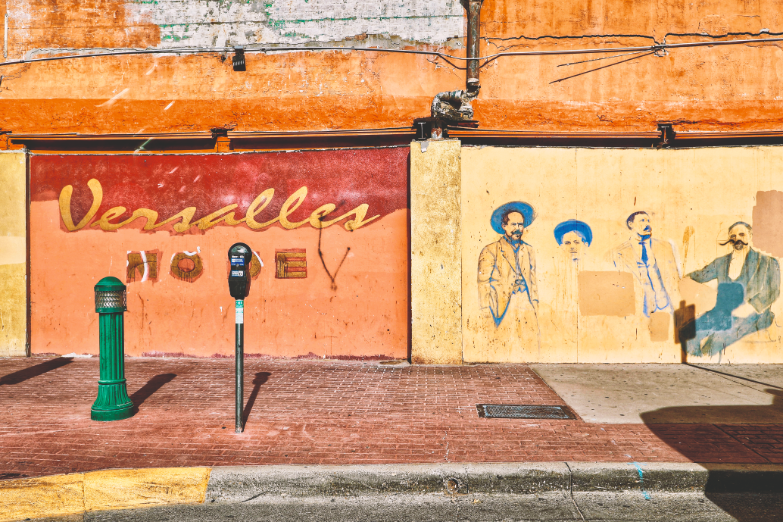
CULTURED: This collaboration began with a reunion. How did reconnecting shape the way you experienced the landscape—or even how you saw yourselves?
Eisler: Reconnecting with Alexei after nearly 40 years was like opening a time capsule—except the contents weren’t frozen in the past; they had quietly evolved. We went to high school together in Paris and were best friends, and then life took us in different directions, and we lost touch—until an unexpected school reunion on a WhatsApp chat group in 2023 brought us back together. There was something serendipitous about that timing, as if the universe had been waiting for us to rediscover a shared creative thread.
What made this reconnection even more layered was that we both had a personal history with the United States. We had each spent time in the U.S. for our higher education, and Alexei, being half American, had a personal connection to the country. I believe that prior understanding gave us both a certain fluency, but also a deeper curiosity. Still, the moment we stepped away from our usual urban lives—his in Paris, mine in London—it felt like a breath of fresh air. There was something almost childlike about the experience, personally. I felt like I was back in that space where the world felt wide open and full of possibilities.
Riboud: We reconnected our friendship and confronted our curiosity toward the world. We both had different careers before becoming photographers, so I believe the trip was also a way to reassess to ourselves that we were at the right place at the right time behind our viewfinder. Getting happy in the work.

CULTURED: The American West is loaded with myth. In what ways did it meet your expectations—and where did it challenge or surprise you?
Eisler: The American West carries this idea of boundless freedom, raw nature, and rugged individualism. In many ways, it fulfilled that promise: The vastness, the silence, and the sheer scale of the landscape is something you feel in your bones. What I hadn’t anticipated was just how layered that mythology truly is. Beyond the cinematic beauty lies a place of profound spiritual depth, especially through the lens of Native philosophies, where land isn't just scenery—it's sentient, alive, and deeply storied.
That sense of reverence echoed through places like White Sands, where the light shifts so mysteriously it feels like walking through a dream, or the surreal palette of sunrises and sunsets that bathe the horizon in deep reds and oranges, almost like a spiritual awakening on loop. In places like Marfa, you feel the weight of big ideas—Donald Judd’s minimalist vision set against endless sky, where art becomes inseparable from landscape. Then there’s Georgia O’Keeffe’s Ghost Ranch, where earth seems to breathe color and silence, her presence still lingering in the cliffs.
But alongside all that beauty is a more sobering human imprint—the hand of man etched into the land. Los Alamos, with its history of creation and destruction, sits in quiet tension with its surroundings. Lake Powell, an artificial reservoir, is both awe-inspiring and unsettling, carving its way through ancient canyons that speak of time before time.
Riboud: A road trip in the American West is, to me, the ultimate cinematic journey. I ended up with images that, in most cases, could be taken out of a film where your imagination can fill in the story. Confronting the past and its tumultuous history with the present also drew me to look closer at the limits of human intervention in the vast natural landscapes. I sometimes felt like witnessing both the origin and the collapse of the American dream, both the creative and the destructive cycles of capitalism. All in one, I would say that there was sometimes an awkward feeling of looking at a crime scene.
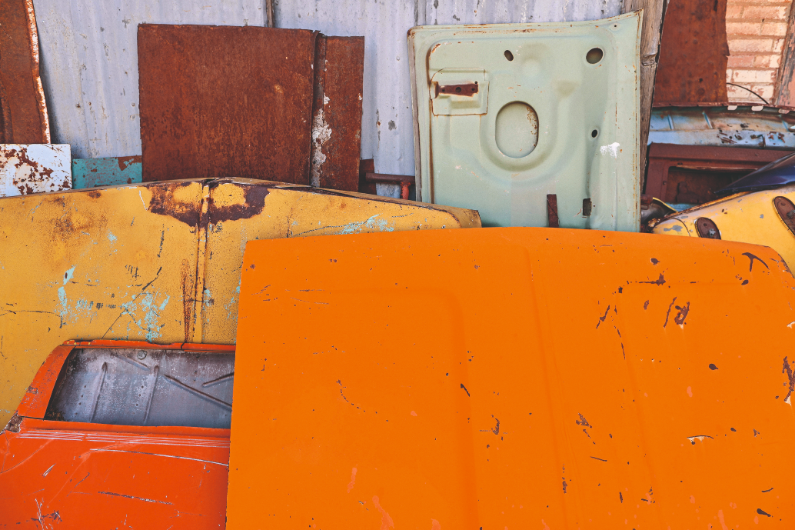
CULTURED: Your work now appears alongside iconic photographers who helped define the visual identity of the West. What does it mean to be in conversation with that legacy?
Eisler: I had shivers down my back—the idea was both humbling and electrifying. These photographers didn’t just document the American West, they helped define how we see it and how we imagine it. Their work carved out a visual language for vastness, complexity, and contradiction. So for me, stepping into that lineage wasn’t about imitation, it was about contribution. It was about looking closely, at space, at silence, at the overlooked details that shape experience.
Riboud: It’s actually truly fantastic that thanks to Carrie Scott and Howard Greenberg our journey is turning into a themed group show with such a lineup of great photographers. It feels like adding another layer to this endless visual storytelling voyage into the West.
CULTURED: This project became about more than landscape. What questions did you carry into the work, and which ones are you still sitting with as you're about to share it with the world?
Eisler: I entered this work carrying more questions than answers. I was drawn to the vastness, yes, but also to the silences, the in-between places where stories live quietly, almost forgotten. I wondered what it meant to witness a landscape without trying to tame it, and how to photograph something so heavily mythologized and still find what’s real. I also wondered how to move through space with reverence instead of conquest. I was thinking about space, absence, memory—the quiet layers of history embedded in the land.
Now, as I prepare to let this work go into the world, I’m still sitting with questions I can’t fully answer: Who has the right to tell a story of a place? What images are missing from the narrative? How do I contribute to a legacy without simply echoing it? What does it mean to look with care, especially in places shaped by myth, power, and erasure? Can a photograph hold both beauty and truth without flinching from either?
Riboud: No matter where I am in the States, I can feel the history of violence and the fact that it has not been confronted. There is always something that makes me think that the country has not fully faced its past and has not made peace with it. It’s like a constant headlong flight that is now reaching new heights. It's a land of paradoxes with extreme wealth and poverty, violence and religiosity, abused nature and derelict hope. Yet an alternative dream is still possible.

